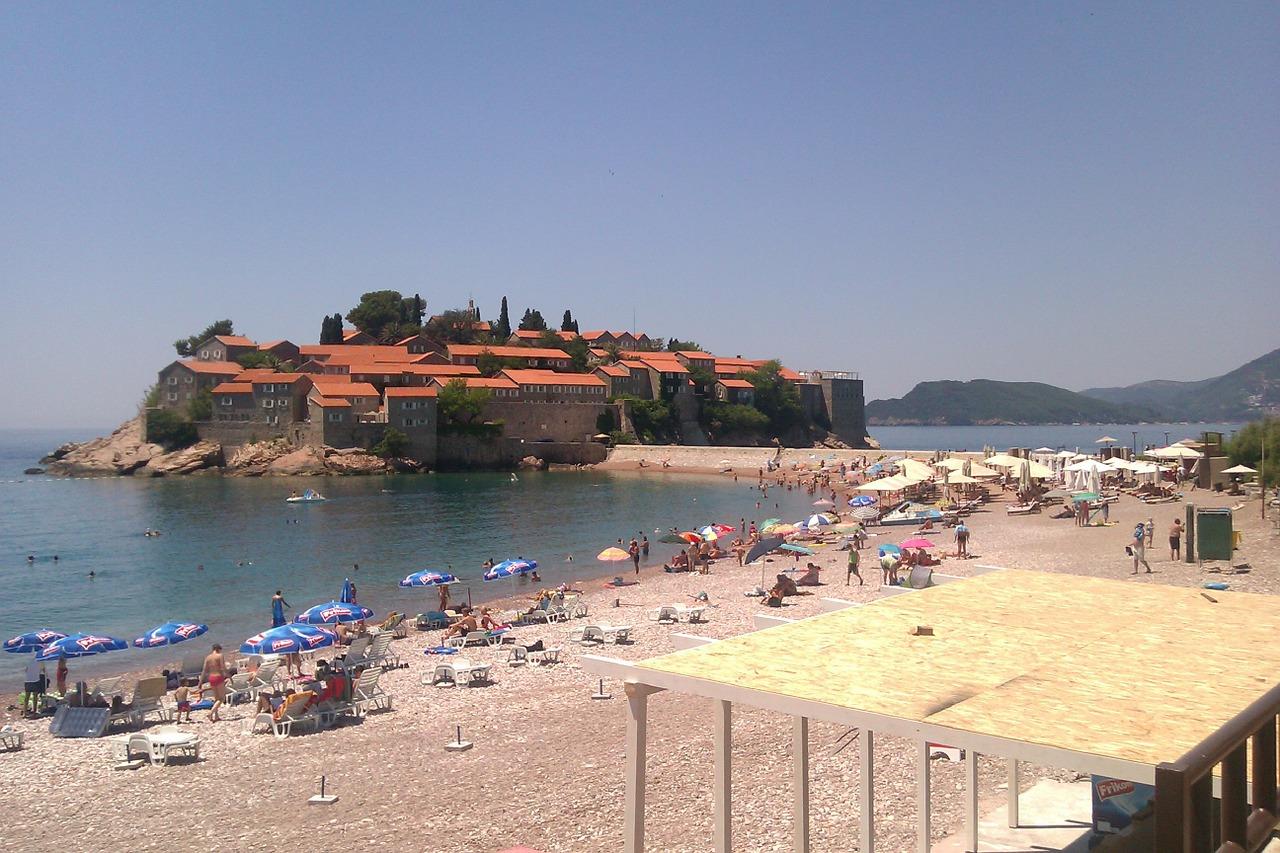
Tourism habits are set to change once the global COVID-19 restrictions are eased, with travelers moving “more slowly, closer to home and to lesser-known destinations,” according to the European Travel Commission (ETC).
Data released by the ETC, an association promoting tourism into Europe, indicated that 2020 was the worst year for European international arrivals in more than 30 years.
All reporting European destinations in the report showed declines in arrivals between 51% and 85%, with a third falling between 70%-79%.
While the vaccine rollout offers “grounds for optimism”, slow uptake in many countries and traveler caution means any recovery in 2021 will be gradual and the market will be different to 2019.
“We believe that the slow restart of travel can be expected in the spring across Europe with a gradual return to ‘new normality’ through summer and autumn 2021," ETC executive director Eduardo Santander said.
“A return to travel will, however, happen with new consumer habits, calling for strong adaptation and agile responses from the tourism sector.
“Ensuring safe travel opportunities should become a priority for destination.”
Among the European nations reporting for the ETC study, Montenegro suffered the worst decline (85%), followed by Cyprus (84%) and Romania (83%).
Spain, which relies on tourism for 12% of its GDP, experienced a 77% decline in international tourist arrivals.
